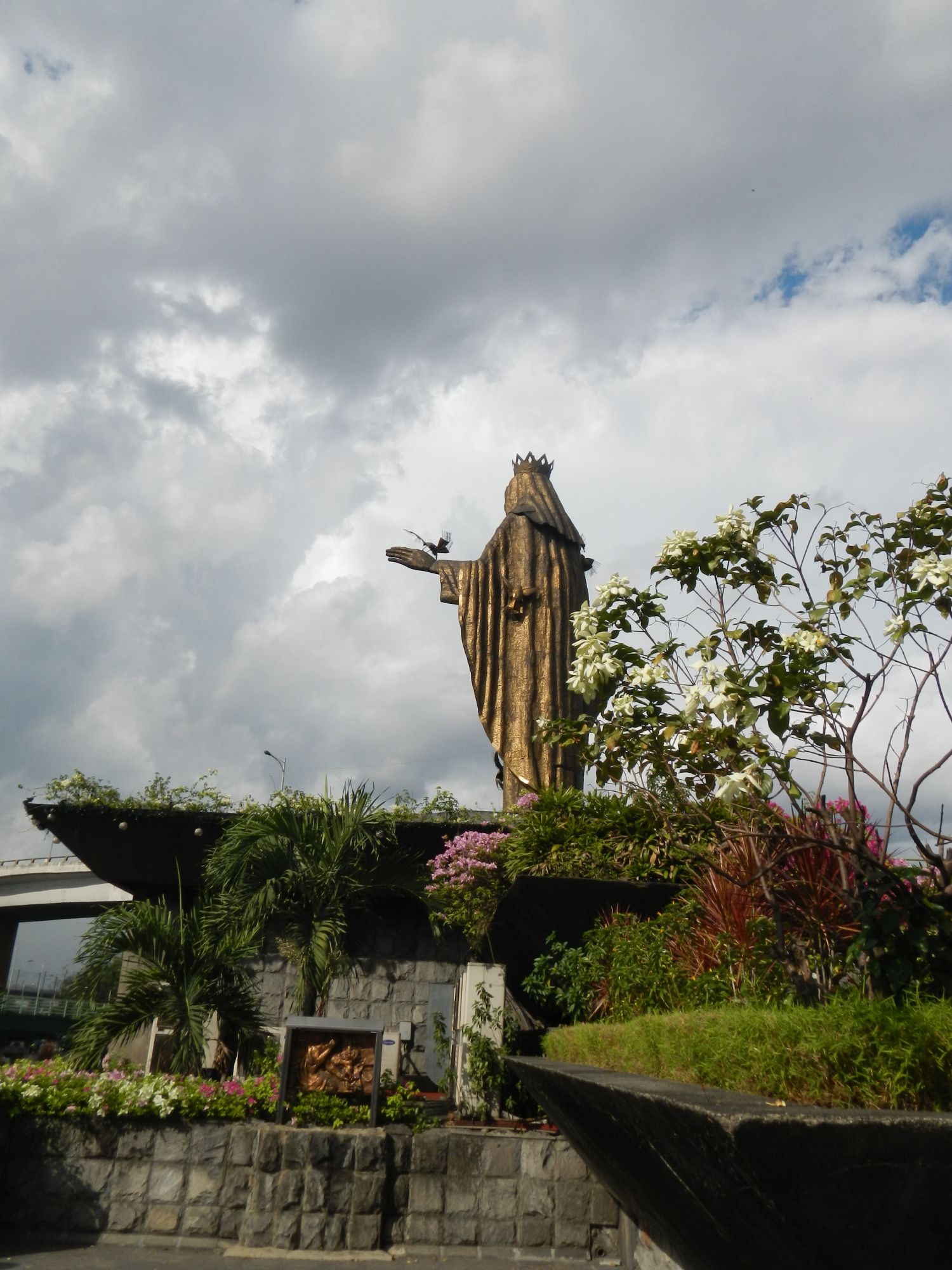Known for championing Filipino architecture in the late 20th Century, renowned architect Francisco "Bobby" Mañosa joined our Creator last February 20 at the age of 88, survived by his wife Denise and children Bambi, Dino, and Gelo
Considered as the "Father of Philippine Neo-vernacular Architecture", Bobby Mañosa was known for some of today's iconic landmarks and immortalising Bahay Kubo-inspired architectural style and aesthetics in modern architecture. For more than 60 years of his career, he championed Filipino architecture, as seen in most of his works. Until his retirement in 2015, he had passionately created original Filipino forms and spaces with intricate and refined details anchored on Filipino sensibilities and cultures.
He strongly believed that Philippine architecture must be “true to itself, its land and its people," as he usually says in his interviews when asked about his design philosophy. He intensively studied, mastered and interpreted the untapped DNA of Philippine architecture, especially the Bahay Kubo and Bahay na Bato. He also pushed for the use of indigenous materials such bamboo, coconut, rattan and capiz, among others for architectural finishes, furniture and furnishings.

Intuitively, he pioneered the sustainable architecture—way before this environmental design movement broke ground in the Philippines. He conceptualized the “edible garden”—a design where plants surround the external walls of the structures. This is quite evident in the San Miguel Building—one of his major works—with its rice terrace–like green balconies and “tukod” (inwardly slanting windows).
While he had journeyed alone in his battle to uplift and promote Philippine architecture, Mañosa wholeheartedly defended his philosophy and developed the “Filipinism” design style.





